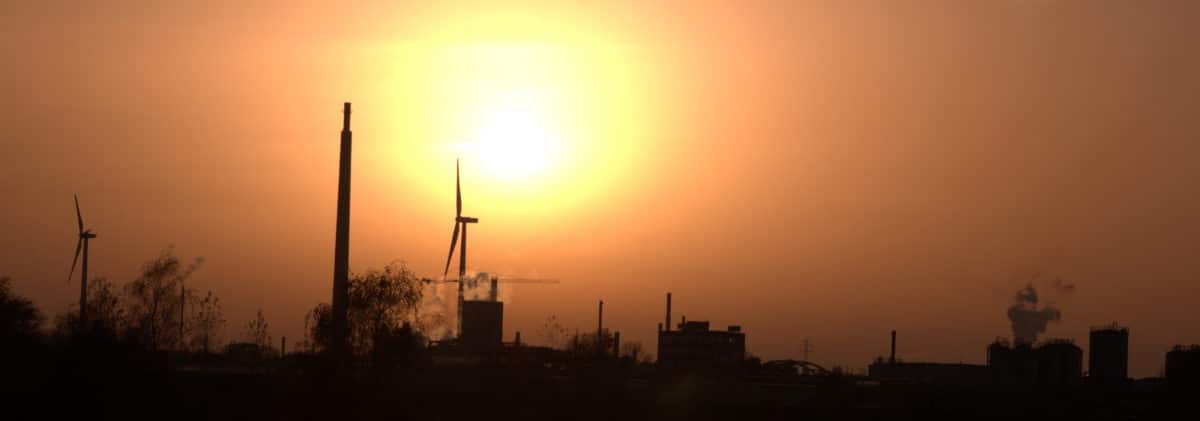Researchers from Saudi Arabia's Qassim University and the Minia University, and the Aswan University in Egypt, have developed a new model to integrate PV, wind, and hydrogen generation in a hybrid system for application in both off-grid and on-grid scenarios.
The model is based on a metaheuristic algorithm called Improved Artificial Ecosystem Optimization (IAEO), which the scientists claim is an improved version of the conventional Artificial Ecosystem Optimization (AEO) algorithm. The latter is a nature-inspired algorithm known for mimicking three typical behaviors of living organisms, such as production, consumption, and decomposition.
The producers are any kind of green plant and consumers are animals that cannot make their food and, therefore, obtain it from a producer or other consumers. Decomposers are agents that feed on both producers, in the form of dead plants, and consumers, in the form of waste from living organisms. In an AEO algorithm, there is only one decomposer and one producer, and the other individuals are considered consumers.
The AEO works according to these three phases and is commonly used to optimize the flow of energy in an ecosystem on the earth. “The ecosystem can be expressed as a group of living organisms [which] live in a certain space, and the ecosystem describes the relations between them,” the researchers said, adding that IAEO is mainly intended at improving the consumption phase.
The proposed energy system consists of PV and wind power generation, a water electrolyzer, a tank of hydrogen gas, a fuel cell, and an inverter that brings the generated electricity to final consumers. “The hybrid system is suggested to be located in [the] Ataka region, [in the] Suez gulf (latitude 30.0, longitude 32.5), Egypt, and the whole lifetime of the suggested case study is 25 years,” the scientists specified.
In this configuration, which the academics have assessed for both off-grid and grid-connected projects, wind and solar plants are used to power the electrolyzer that produces hydrogen, which is then stored in the tank and used to produce electricity through the fuel cell. The inverter receives electricity from the fuel cell and also surplus power from the wind and solar facilities. “When the level of hydrogen in the tank becomes below the lowest allowable level, the shortage in the electrical energy required to store the hydrogen gas in the tank is dispatched from the national grid,” they further explained.
Both the IAEO and conventional AEO algorithms were applied for generating the optimal design for the system. “In the case of the isolated configuration, when the electrical power produced from PV and wind resources is higher than the load needs plus the rated power of the electrolyzer, a dummy load is used for generation-demand balance,” the Saudi-Egyptian group stated.
The IAEO algorithm was validated in six different configurations of the proposed hybrid system and, according to the research team, has provided better results not only compared to the AEO, but also to other kinds of algorithms. “The proposed IAEO algorithm provides fast convergence characteristics, the best minimum values of the objective function, and minimum cost of energy,” it concluded. “Based on the optimal configuration of the hybrid systems, it is found that the fuel cell system has the highest contribution to the net present cost.”
The model was presented in the paper An improved artificial ecosystem optimization algorithm for optimal configuration of a hybrid PV/WT/FC energy system, published in the Alexandria Engineering Journal.
This content is protected by copyright and may not be reused. If you want to cooperate with us and would like to reuse some of our content, please contact: editors@pv-magazine.com.




By submitting this form you agree to pv magazine using your data for the purposes of publishing your comment.
Your personal data will only be disclosed or otherwise transmitted to third parties for the purposes of spam filtering or if this is necessary for technical maintenance of the website. Any other transfer to third parties will not take place unless this is justified on the basis of applicable data protection regulations or if pv magazine is legally obliged to do so.
You may revoke this consent at any time with effect for the future, in which case your personal data will be deleted immediately. Otherwise, your data will be deleted if pv magazine has processed your request or the purpose of data storage is fulfilled.
Further information on data privacy can be found in our Data Protection Policy.